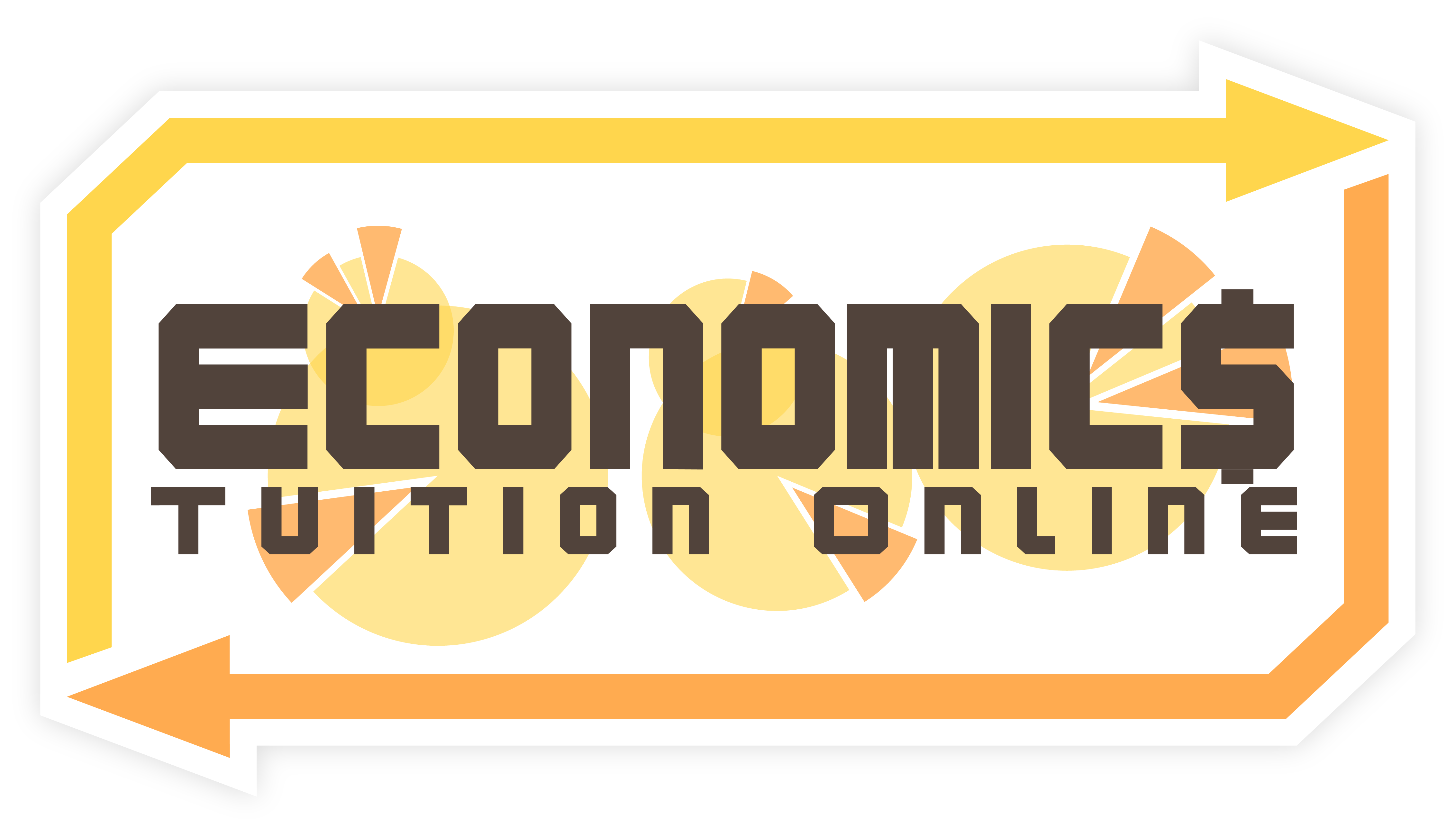A firm refers to a business unit which employs productive resources to produce goods and services. Scale of firm is characterised by the amount of capital outlay fixed assets, employment size and the levels of output / market share. In Singapore, the employment size of the Small Medium Enterprises does not exceed 200 workers and fixed assets not exceeding S$15 million.
As a firm increases its scale of production, it is able to enjoy cost advantages - internal economies of scale. Internal Economies of Scale are lower unit cost achieved by a firm when it expands its output or enlarges its scale of production. The internal EOS arises within the firm as a result of its own expansion and are independent of the size and expansion of the industry.
For internal EOS, one factor is marketing economies of scale. A large firm buys its raw materials in bulk and large discount are often offered by the suppliers. Instead of buying from the wholesaler, the large firm can buy directly from the producer. For example, a supermarket can obtain its meat, egg supplies, vegetables and fruits directly from the farms at a discount while an independent stall at the wet market may have to obtain his supplies from the wholesaler.
In selling a large volume of output, the firm may be able to use more expensive but more cost-effective advertising. In other words, advertising cost will be spread out. A firm such as NTUC Fairprice supermarket with a nationwide market can afford to advertise in the papers, etc, to bring its product to the notice of potential buyers whereas a small firm may not have the capacity to advertise. Though such firms may spend large sums on advertising, their advertising costs per unit sold may be well below those of a small firm.
Advertising costs can spread over a large volume of sales. Moreover, the large firm can save on advertising costs as the same advertisement helps to promote its range of products and not just one product.
Second, there is managerial economies of scale. As the scale of a firm increases, specialists can be employed to manage the firm. In other words, division of labour can be introduced into tasks of management. Different experts can be employed to take charge of planning, production, accounting, sales promotion and personnel management. Efficiency in management thus can reduce unit costs in large firms.
Third, the large firm can experience financial economies of scale. A large firm is often able to obtain finance more easily or on better terms than a smaller firm. Its larger assets and greater selling potential provides banks with greater security and makes it possible for them to provide loans at lower rates of interest. The larger firm can also raise substantial capital through public issue of shares.
Fourth, large firms can enjoy risk-bearing economies of scale. Large firms are in a better position to spread risks. Furthermore, large firms have greater opportunities for reducing risk through the diversification of markets or products. Thus, if sales drop in one market, a large firm can still rely on sales in other markets to compensate for the loss or if one product becomes unpopular, the firm can make up for the loss from its sale of other products. In the case of FairPrice Xtra hypermarket, it offers a wide range of goods and includes new lines like electronic products and fashion wear.
However, when a firm enlarges its scale beyond the minimum efficient scale, it may experience diseconomies of scale where the unit cost increase.
One reason is the rise of management problems. As a firm continues to expand, coordination and control become more difficult. Communication becomes a time-consuming process, so that decisions are inevitably delayed. In addition, communication in a large firm tends to be one - way; i.e., a superior will pass on to his subordinates something to do without discussing the matter with them. One-way communication often leads to ill-feeling and misunderstanding.
Another reason is financial problems. When a firm is very large, it requires a lot of capital to finance further expansion. It may be possible for the firm to obtain such finance only from sources which charges increasingly higher rates of interest.
Also, there may be marketing problems. When a firm becomes too large, it will experience difficulties in finding sufficient demand for the commodity it produces. After a certain point is reached, expansion of the existing market can be achieved only by huge expenditure on advertising and publicity.
On the other hand, external EOS are cost savings enjoyed by individual firms as a result of the expansion of the industry as a whole. These economies are independent of the firm's own output and are outside the control of the firm. External economies are possible to an industry as a whole when most of the firms in a particular line of production comprising the industry are concentrated in one area, i.e. when localization of industry occurs.
One area is economies of concentration. These are mutual benefits to be derived when the firms in a particular industry are concentrated together and the industry expands. Development of infrastructure & marketing facilities When an industry is first set up in a new area, transport, amenities (like water, electricity, telephone facilities) and marketing facilities (for the purchase of materials and sale of the product, specialized warehousing and banking) may not be well developed. With the entry of firms leading to expansion of the industry, it is possible for transport and marketing facilities to be developed. Thus, individual firms need not build their own road system and generator. This will help to cut down unit cost of production. For example, in Singapore, the Ang Mo Kio Hub or IMM building housed a large number of retail outlets including supermarkets which enjoy the well-developed transportation (MRT and SBS Transit) and other amenities.
Also, there is economies of information. The development of the industry often leads to the development of research facilities to improve the existing production techniques and the publication of specialist journals. It becomes possible to set up research associations which will carry out research work on behalf of individual firms and publish the results for all firms to use. Such researches are of enormous advantage to the industry as a whole but far too expensive for a single firm to undertake unaided.
In conclusion, the large-scale production enjoys internal EOS as AC decreases. However, when a firm enlarges its scale beyond the minimum efficient scale, it may experience, diseconomies of scale where the unit cost increase (AC increases). The external EOS are enjoyed by both the small and large scale firms. Besides cost advantages, the scale of the firms also influences its revenue. Firms must be large enough to capture a bigger market share and therefore able to exert market power to set prices or output in order to increase its revenue.

